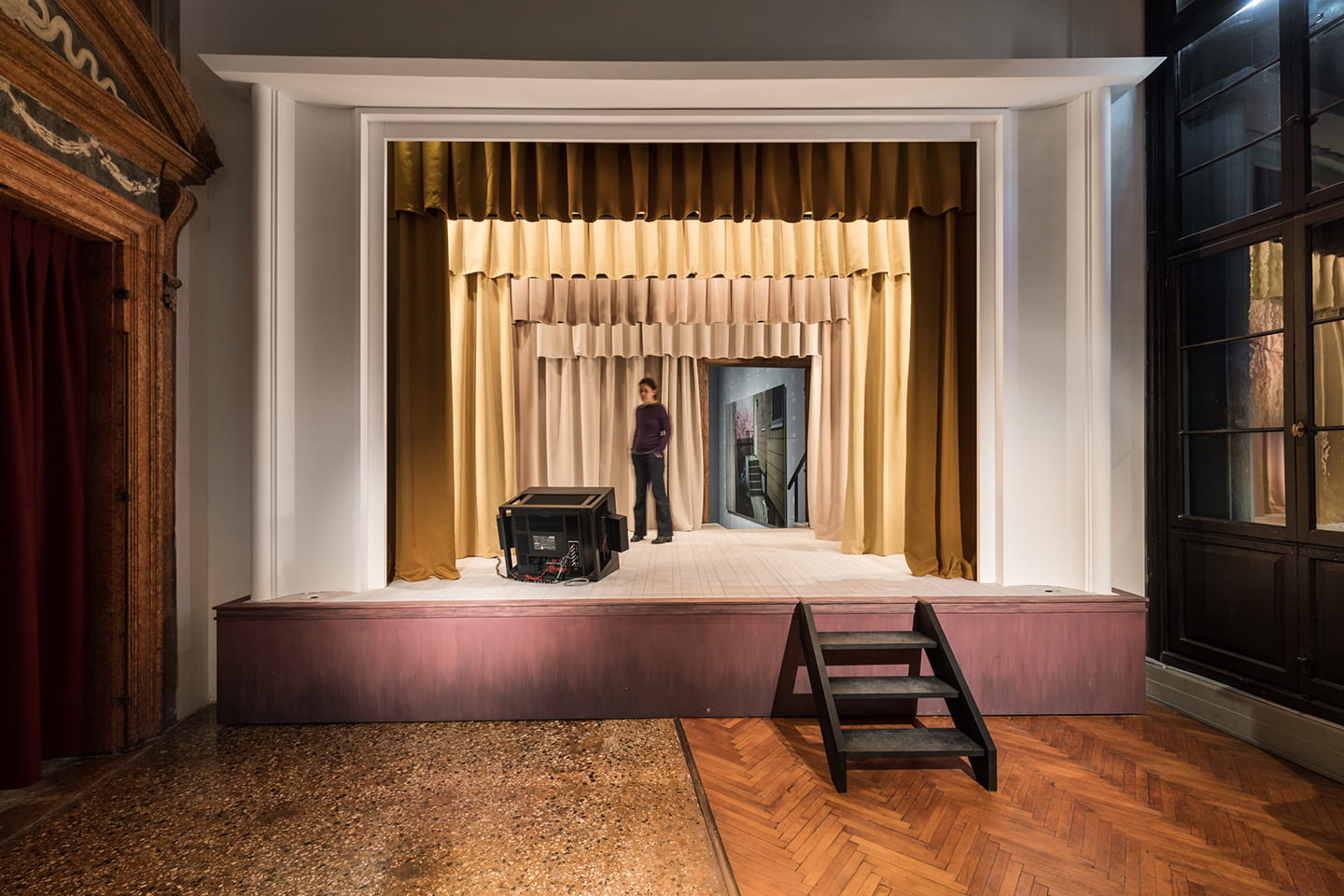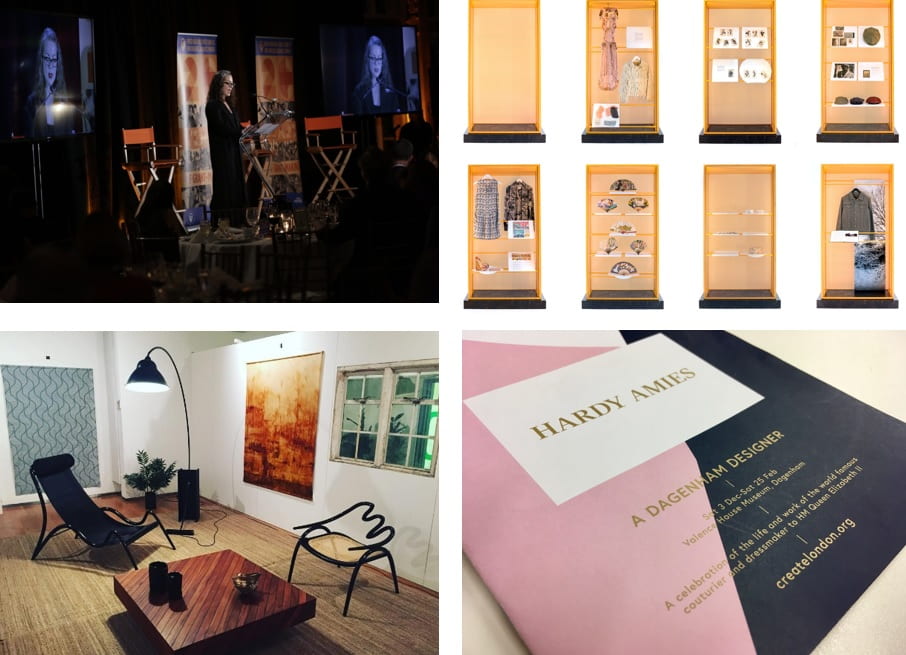Whilst in Singapore, a local taxi driver was telling me that many people come to this city-state purely to shop. I can understand why, with an overwhelming amount of luxury designer stores dominating the landscape. Many brands even have more than one store – I came across three Louis Vuitton stores in just a couple of days.
The whole infrastructure of the city is set up for retail as it attempts to act as a “house of international brands”. I saw mall after mall and strolled down Orchard Road, which is just crammed with these designer names.

However, I couldn’t help feeling as though I had seen it all before. In fact, nowadays this selection of luxury international brands, is available just about anywhere.
In the past, this collection of some of the most sought-after brands was unique to Singapore. Now many other cities, such as Shanghai and Dubai, have a rivalling range of high-end stores and almost every major city will feature some of these international brands.
Shopping seems to have become remarkably uniform, no matter where you go it is always the same names.

Is Singapore a sign of the future, will all cities soon feature exactly the same brands, housed in huge malls? What about their individuality? There will soon be no reason for people to travel if the shopping available elsewhere is exactly the same as at home.
I didn’t stay long, but I failed to notice any Singaporean brands, and you wonder how any local designers could develop amongst this focus on international luxury.

In my opinion, the modern shopper wants to buy something different, something unique. They will want to travel somewhere because they can get something there, they simply can’t get anywhere else.
With the growth of e-commerce and the cultural amalgamation of cities, retail destinations need to distinguish themselves from the rest of the pack if they want to remain attractive destinations.
Places like London, and New York emphasise their cosmopolitan nature and have strong youth cultures that keep them fresh. Paris focuses on its heritage, Istanbul its traditional shopping and newer destinations such as Copenhagen, draws shoppers with its modern aesthetic. Each has its own unique selling point.

I hope that cities can maintain their uniqueness amidst competition from these shopping meccas. I think ultimately this is what will bring shoppers back time and time again.
Singapore is a melting pot of different cultures. Bringing the unique variation of Malaysian, Chinese, Indian and British cultural elements together and placing them at the forefront of the shopping experience could add a new dimension to Singapore’s retail experience.

Although the scale and luxury of the huge malls is impressive, I think maintaining individuality is important in answering the modern consumer’s needs.




